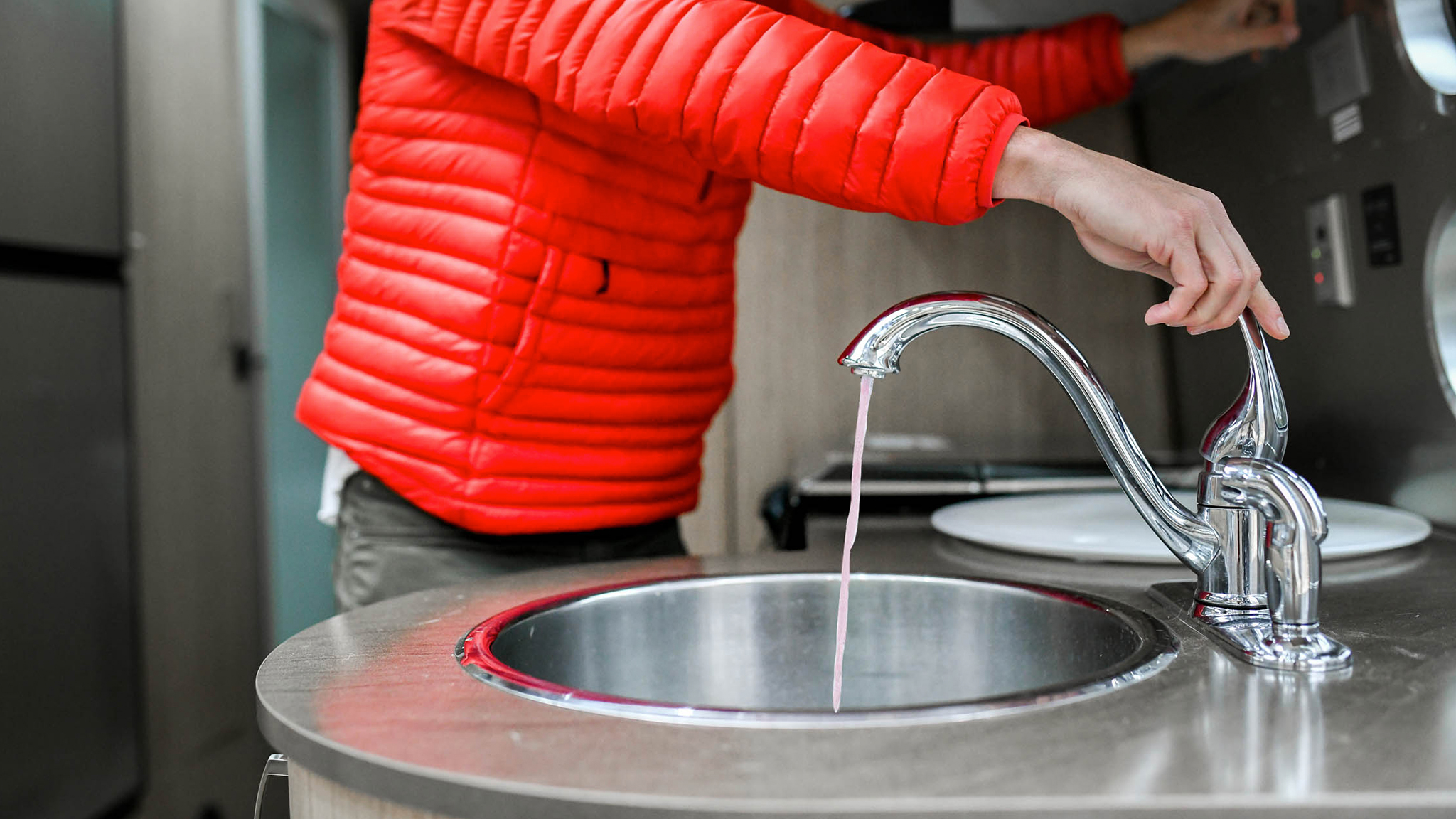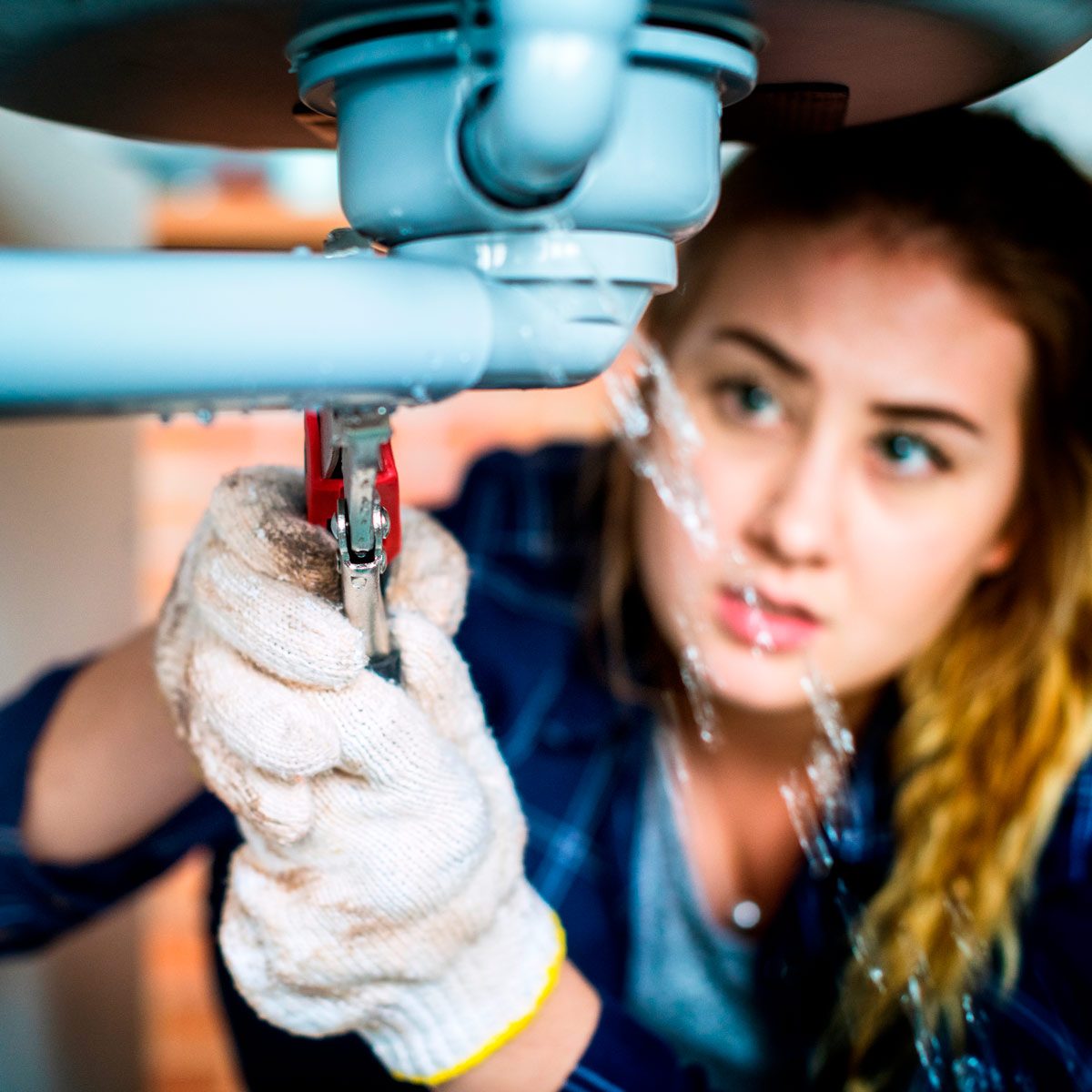What're your opinions about How to Prevent Frozen Pipes?

All property owners who reside in temperate environments should do their ideal to winterize their pipelines. It is something you have to do throughout autumn before deep winter genuinely starts. Failure to do so can mean disaster like icy, fractured, or burst pipelines. If the weather exterior is terrible, below are some useful winterizing hacks to maintain your plumbing system safeguarded even.
Switch on the Faucets
When the temperature drops and it appears as if the freezing temperature level will last, it will assist to turn on your water both indoors and also outdoors. This will keep the water moving with your plumbing systems. Additionally, the motion will certainly reduce the freezing process. Significantly, there's no requirement to turn it on full blast. You'll end up squandering gallons of water this way. Instead, aim for about 5 drops per min.
Open Up Closet Doors Hiding Plumbing
When it's cold outside, it would certainly be practical to open up closet doors that are camouflaging your pipes. They can be someplace in your kitchen area or washroom. This will permit the warm air from your heating system to flow there. As a result, you avoid these subjected pipes from cold. Doing this small trick can keep your pipes cozy and also restrict the possibly harmful outcomes of freezing temperature levels.
Take Time to Cover Exposed Piping
One simple as well as great hack to heat up frigid pipes is to wrap them with warm towels. You can additionally utilize pre-soaked towels in warm water, just do not fail to remember to wear protective handwear covers to secure your hands from the heat.
Attempt a Hair Dryer or Warm Weapon
When your pipes are almost freezing, your dependable hair dryer or heat weapon is a godsend. If the hot towels do not aid remove any clearing up ice in your pipes, bowling warm air directly into them might assist. You may finish up damaging your pipelines while trying to thaw the ice.
Shut down Water When Pipelines are Frozen
If you notice that your pipes are totally icy or nearly nearing that phase, transform off the major water valve immediately. You will typically discover this in your cellar or utility room near the heater or the front wall closest to the street. Turn it off right now to avoid additional damages.
Do not fail to remember to shut outside water sources, as well, such as your hookup for the garden house. Doing this will prevent added water from filling out your plumbing system. However, with even more water, more ice will certainly accumulate, which will at some point cause burst pipelines. It is best to call a specialist plumber for an examination if you are unclear regarding the state of your pipes this winter. Taking this proactive strategy can save you hundreds of bucks in repairs.
All homeowners who live in warm climates should do their best to winterize their pipelines. Failing to do so can mean catastrophe like frozen, cracked, or ruptured pipelines. If the hot towels do not assist displace any kind of clearing up ice in your pipes, bowling hot air straight into them might aid. Transform off the primary water valve quickly if you observe that your pipes are entirely frozen or practically nearing that phase. With more water, even more ice will certainly pile up, which will at some point lead to burst pipes.
PREVENT YOUR PIPES FROM FREEZING THIS WINTER
A Leading Cause of Property Damage
When the weather is taking a deep nose dive into the cold dreary days, the risk of your pipes freezing and potentially bursting skyrockets. Unfortunately, during these cold dreary months, burst pipes are the most common denominator for property damage. The pipes that are most at the risk are those that are in areas where it is most cold in your home. For instance, pipes located in interior places such as basements, attics, and your garage. Unfortunately, that doesn’t mean that the pipes running through your cabinets or exterior walls can’t freeze. Good news, however, is that you can do things to help prevent pipes from freezing.
How to Prevent Pipes From Freezing
Once the temperature starts to drop during the winter, you should be taking the proper measures needed to ensure that your pipes stay warm and that there is circulation of water through them. Some steps that experts may recommend could go against your better judgement when it comes to saving water and heat. However, it would go without saying that when expenses are compared, damaged pipes could put a bigger dent in your wallet than a water bill.
What Can I Do?
Keep your garage door closed. This is very important, especially if you have water supply lines running through your garage. Open your kitchen and bathroom cabinets to allow warm air to circulate through them. Allow air circulation throughout your home. Keeping the interior doors open will once again allow the warm air to circulate inside your home. Ensure your thermostat is running the same temperature throughout the night and day. If you plan to be away from home during the cold months, set your temperature no lower than 55° F. This should provide enough heat to keep the pipes warm and prevent any remaining water inside the pipes from freezing. For more of a long-term solution, add insulation to attics, basement, and other crawl spaces around your home. By allowing your faucet to drip, it will alleviate pressure in the system. This is important because the pressure that is created between the blockage and the faucet can potentially cause the pipes to burst. Allowing the faucet to drip will prevent the pressure from building up, therefore keeping the pipes from bursting. Seal any cracks, openings, and crawl spaces around your home to prevent cold air from coming inside. This keeps your pipes-not to mention your home-warmer and less susceptible to issues caused by freezing temperatures. For the pipes in your home that are easily accessible, applying electrical tape to them might prevent them from freezing over. This is a quick fix, as you can apply the tape directly to the pipe. There are two options for heating tapes. One turns on and off by itself when it senses heat is needed. The other type of heating tape needs to be applied when heat is needed and removed when not necessary. If you have exposed pipes in your home, you can check this website to take a look at a few options that would be available at a shop near you.

Hopefully you enjoyed our piece about How to stop pipes from freezing during the winter. Thanks a ton for spending some time to read our posting. You should take the time to promote this blog if you enjoyed it. Thanks a lot for going through it.
Avoid more damage, call now!